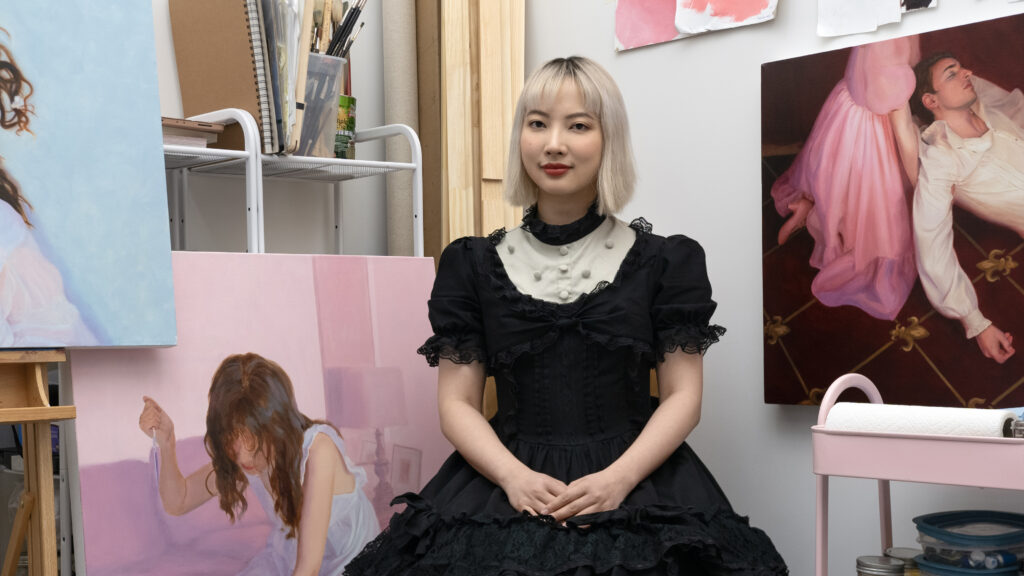
Abbey: What inspired you to be a painter?
Junyi: I have always loved drawing since I was a child. Painting is a wonderful and challenging process where I can turn what I see and think into something tangible and personal. Being busy with academics during my school years in China, painting could only be a hobby. It wasn't until I attended university in the United States that I decided to major in art. From then on, I couldn't contain my passion and naturally progressed to become an artist.
Abbey: You studied in the US and Italy, how did each place influence your style and subject matter?
Junyi: American schools encourage students to explore their inner selves and express freely, so my paintings are closely linked to my own state of mind. I would look for imagery that interests me and experiment with them. Being surrounded by students from other majors—such as those focusing on installation art or experimental art—as well as established visiting artists, gave me a lot of inspiration. In Italy, I immersed myself completely in classical art. I love being surrounded by such beautiful architectures and nature. Visiting museums and historical sites expanded my horizons, sparking my interest in realism, and leading me to think about how to combine the aesthetics of classical and modern art.
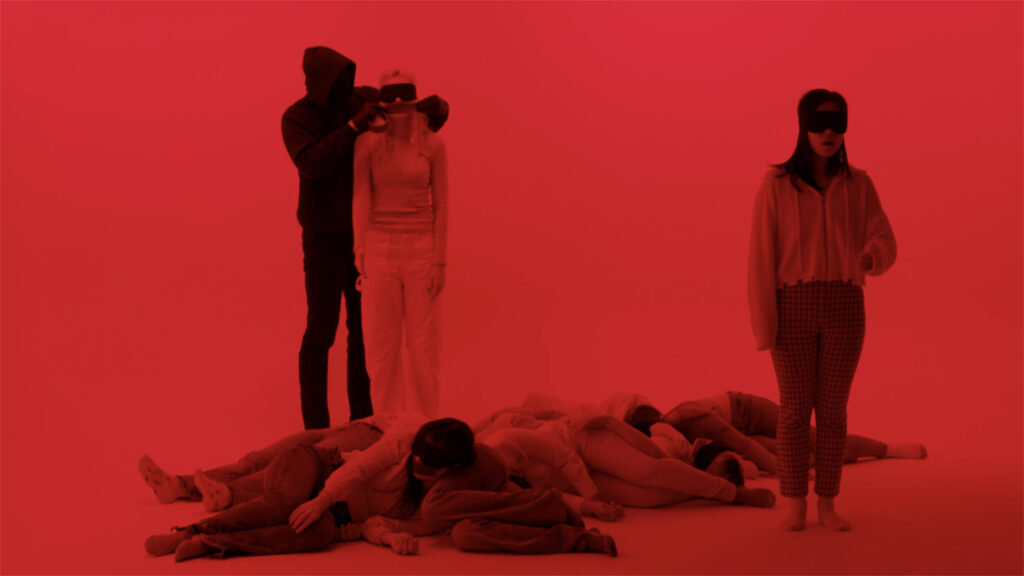
Abbey: Do you have a specific process you use when creating a performance piece or painting series?
Junyi: A painting series usually begins with an image that flashes in my mind. Then, I contemplate what this image means to me and why I find it intriguing, which helps me discover what I want to say. I then brainstorm for more images and stories to develop and refine the concept of the series. Afterward, I start sketching, revising the sketches, looking for models to pose for painting references, and so on. As for performance art, it often starts with an emotion, such as anger, anxiety, or sadness. I then visualize these feelings poetically, incorporating suitable symbols and imageries, and a plan for a piece is formed. This process can take as short as a few minutes or as long as several months.
Abbey: Which form of expression (painting or performance) do you prefer and why?
Junyi: I believe that each has its own advantages. With painting, if I'm not satisfied, I can make changes, and the finished piece can be viewed repeatedly. However, performance is a one-time event; once it's over, it's over. Even if it's recorded, it's not the same as the original. Performance art allows me to interact face-to-face with the audience, which painting cannot achieve. I feel that these two mediums engage different parts of the brain, resulting in different experiences for both myself and the audience. So, I don't really have an answer to this question!
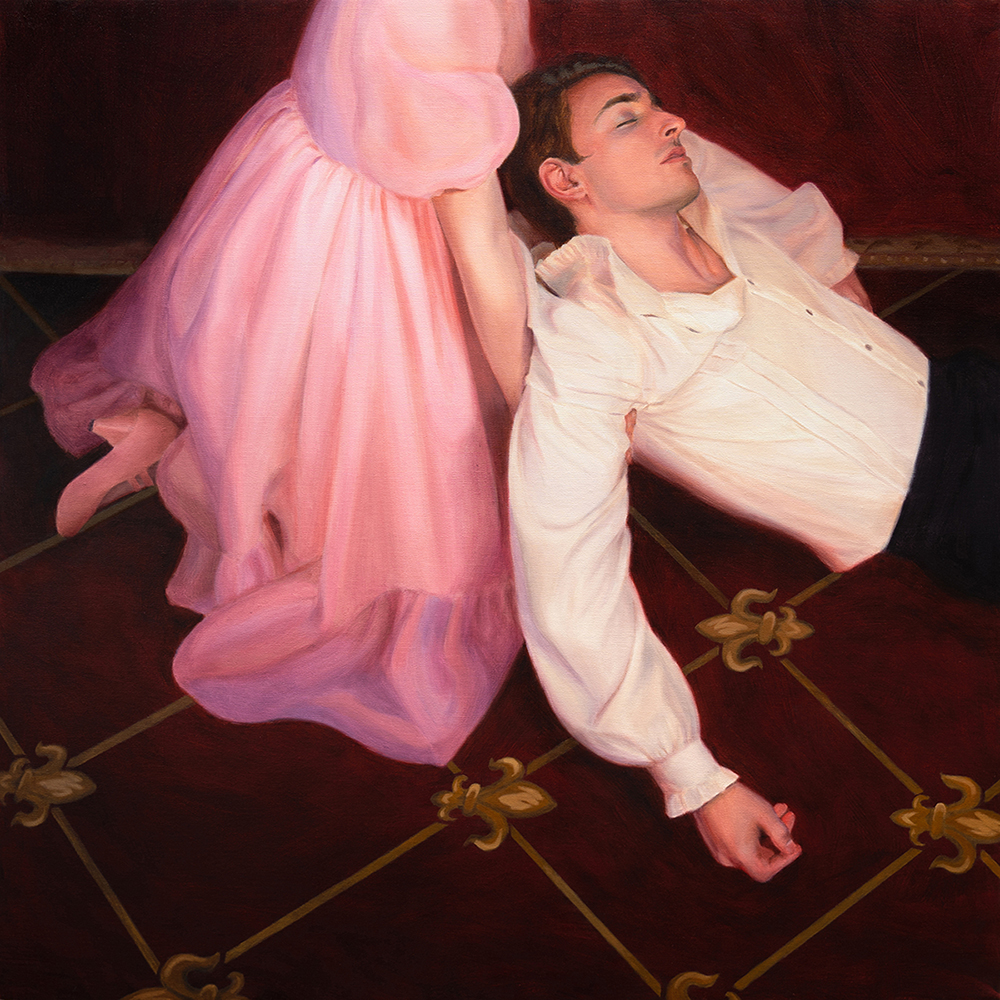
Abbey: Do you feel like artists should specialize in one niche or do various mediums inform one another when creating?
Junyi: I strongly encourage artists to experiment with different mediums. Artists are not craftsmen; they are limitless. Being an artist means constantly exploring new things. Different mediums also help to make the mind more flexible, leading to the creation of more innovative works. In 2017, I did an installation piece called “White Box”. I built a box out of wooden boards, taller than a person. The exterior of the box was white and neat, but if you pulled the door handle, you would discover a dim, dirty restroom stall inside. The toilet, the tiles on the floor, the graffiti, etc., were all painted with acrylics. The shocking contrast between the interior and exterior symbolizes many things that are beautiful on the outside but nasty on the inside. This installation expanded my painting practice and encouraged me to continue pushing my comfort zone.
Abbey: Your painting style has evolved from close-ups of objects to scenes involving multiple subjects. Why the shift?
Junyi: I used to be obsessed with painting faces, enjoying expressing subtle emotions through close-ups. Recently, I’m more interested in the dynamics of figures, their interactions with the surrounding environment or other characters. Having more figures also allows me to convey more complex messages. I've looked at various artworks from different periods, such as large historical paintings and medieval religious paintings, and found them very powerful. I also like to use metaphors and include Easter eggs in my works, just like what movie directors do.

Abbey: Tell us more about the “Scarlet Reckoning” series and how the idea was born.
Junyi: The idea for this series originated from my frustration with the oppression of women in society. Some of these experiences were personal, while others were about women I didn't know. I fantasized about a place where women could seek revenge joyfully, especially by pretending to be innocent and then unexpectedly striking back. Like a violent aesthetic film, I wanted to create a place that not only provided a thrilling stage but also aesthetically pleasing. I chose the vibrant and dangerous red as my main color, dressing the characters in elegant classical clothes to fill the atmosphere with romance, contrasting with the bloody (although I didn't actually paint blood) events that followed.
Abbey: “Final Whispers of the Night” is such a beautiful piece; can you tell us the process behind creating it?
Junyi: First, I gathered a group of friends willing to pose for me. Then, I styled them (many of the costumes and props were my own) and set up a shooting scene at home. On the day of the shoot, I was both the photographer and the director. For this scene, I took many photos from different angles, continuously adjusting the poses and expressions of the models. After the shoot, I carefully compared all the photos and selected my favorite parts to piece together as a reference for my painting. This painting started as a pencil sketch and then was layered with three coats of oil paint. Red is a tricky color, as there are many shades and many are translucent. Each layer interacts with the previous one, and one brushstroke could affect the overall outcome. Making choices such as what to emphasize and what to omit, is crucial. Watching this painting take shape step by step was really satisfying.
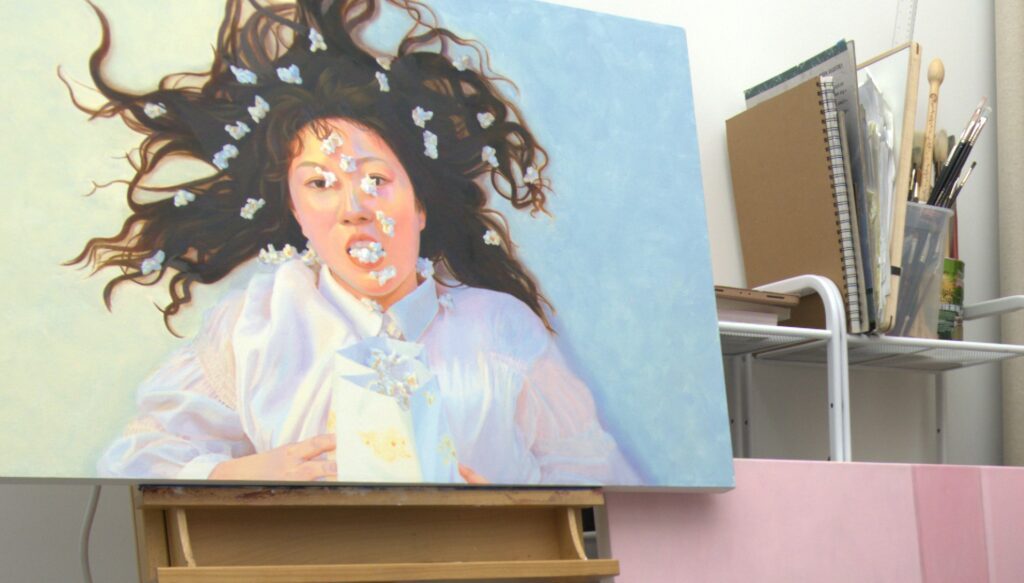
Abbey: How do you balance personal expression with audience reception in your art?
Junyi: I'm not too worried about it. Figurative art has an natural advantage because viewers can quickly know what they’re looking at. I like to ensure that the paintings are aesthetically appealing, which helps too. Even if the theme is dark, I still use vibrant colors and present them elegantly. People often come up with their own interpretations, and find some unique aspect that they like about my work. I think that's great. My performance art is similar too.
Abbey: How has your art evolved over time?
Junyi: My techniques have become more refined, my compositions more thoughtful, my concepts stronger, my surfaces larger.
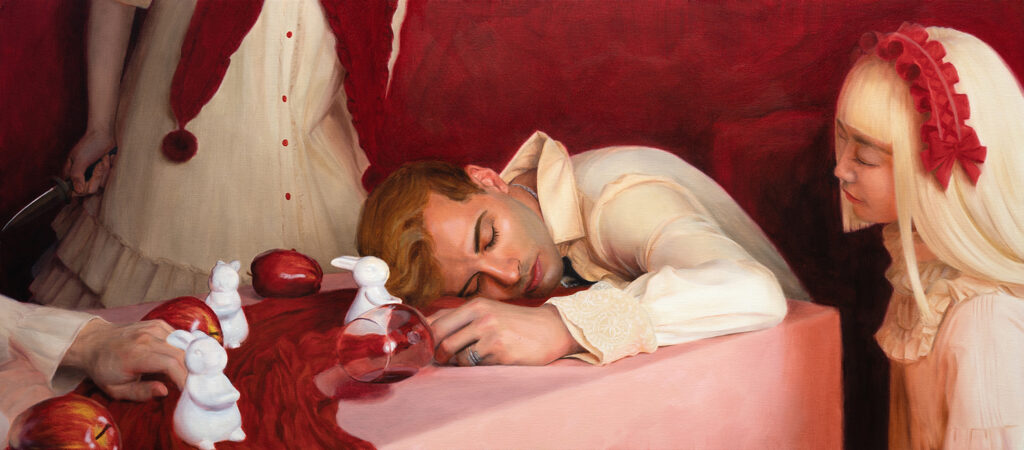

Abigail MacFadden • May 10, 2024 •
3 min read
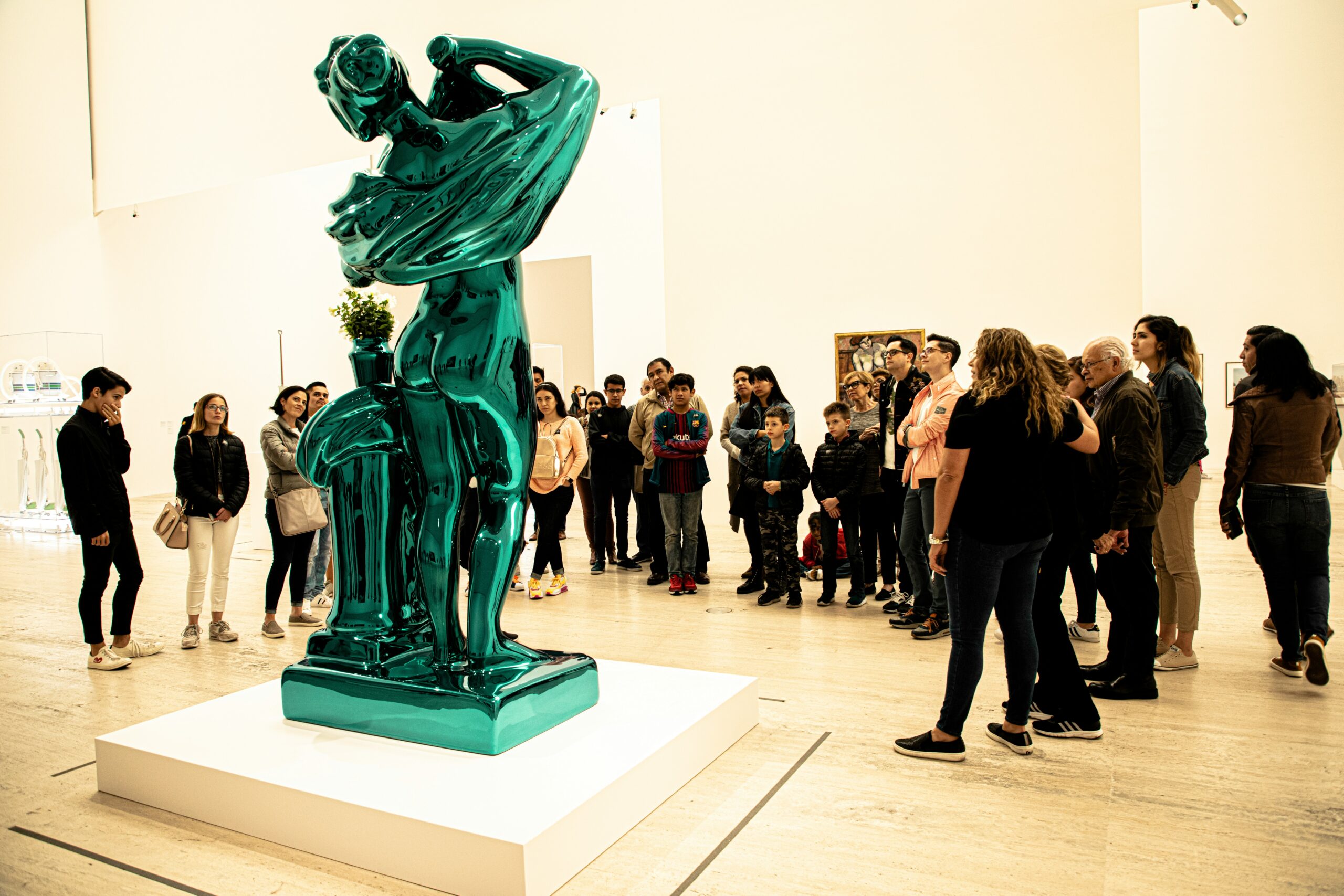
Demi Dubois-Moreau • May 9, 2024 •
3 min read
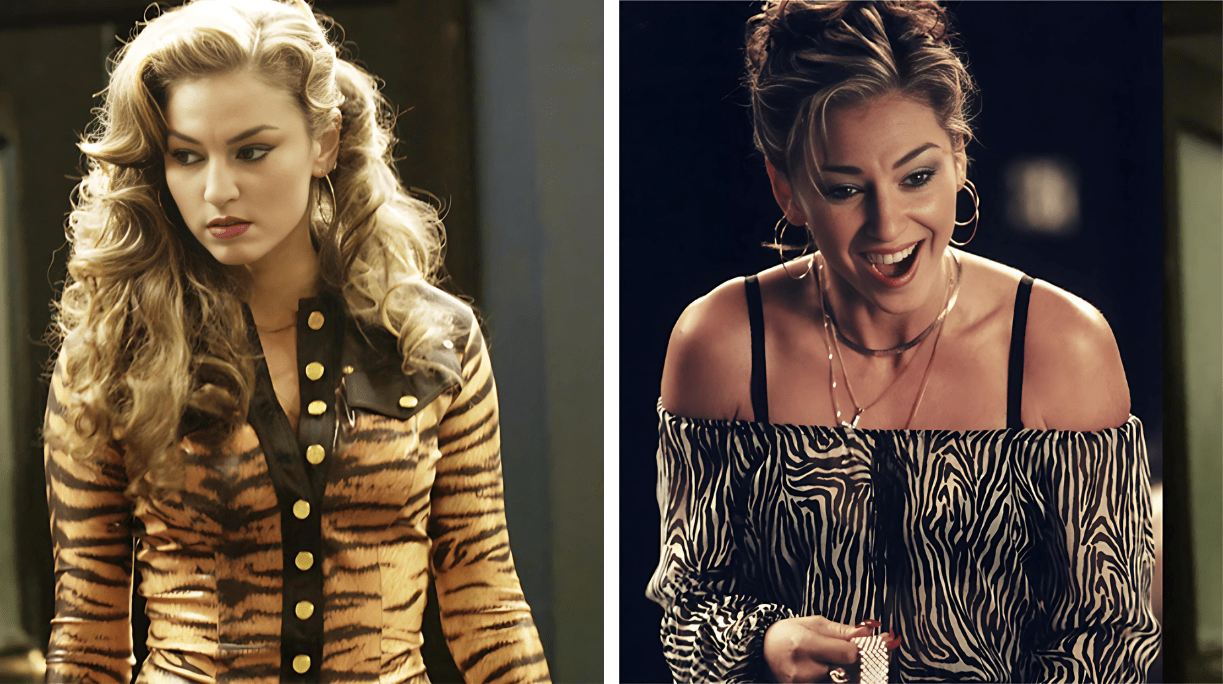
Demi Dubois-Moreau • May 2, 2024 •
7 min read
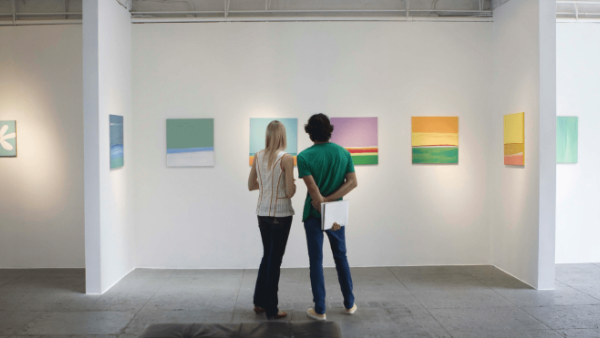
Demi Dubois-Moreau • Apr 25, 2024 •
7 min read

Demi Dubois-Moreau • April 19, 2024 •
3 min read
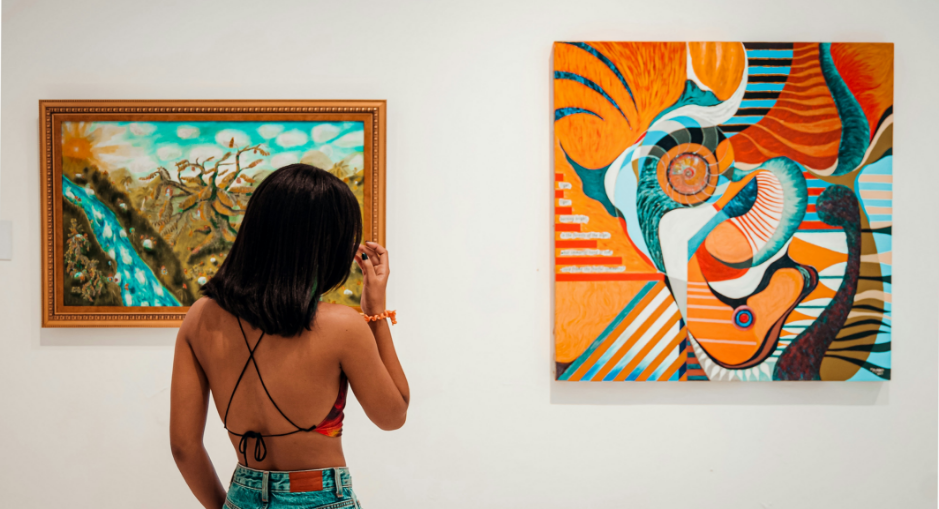
Abigail MacFadden • April 10, 2024 •
5 min read
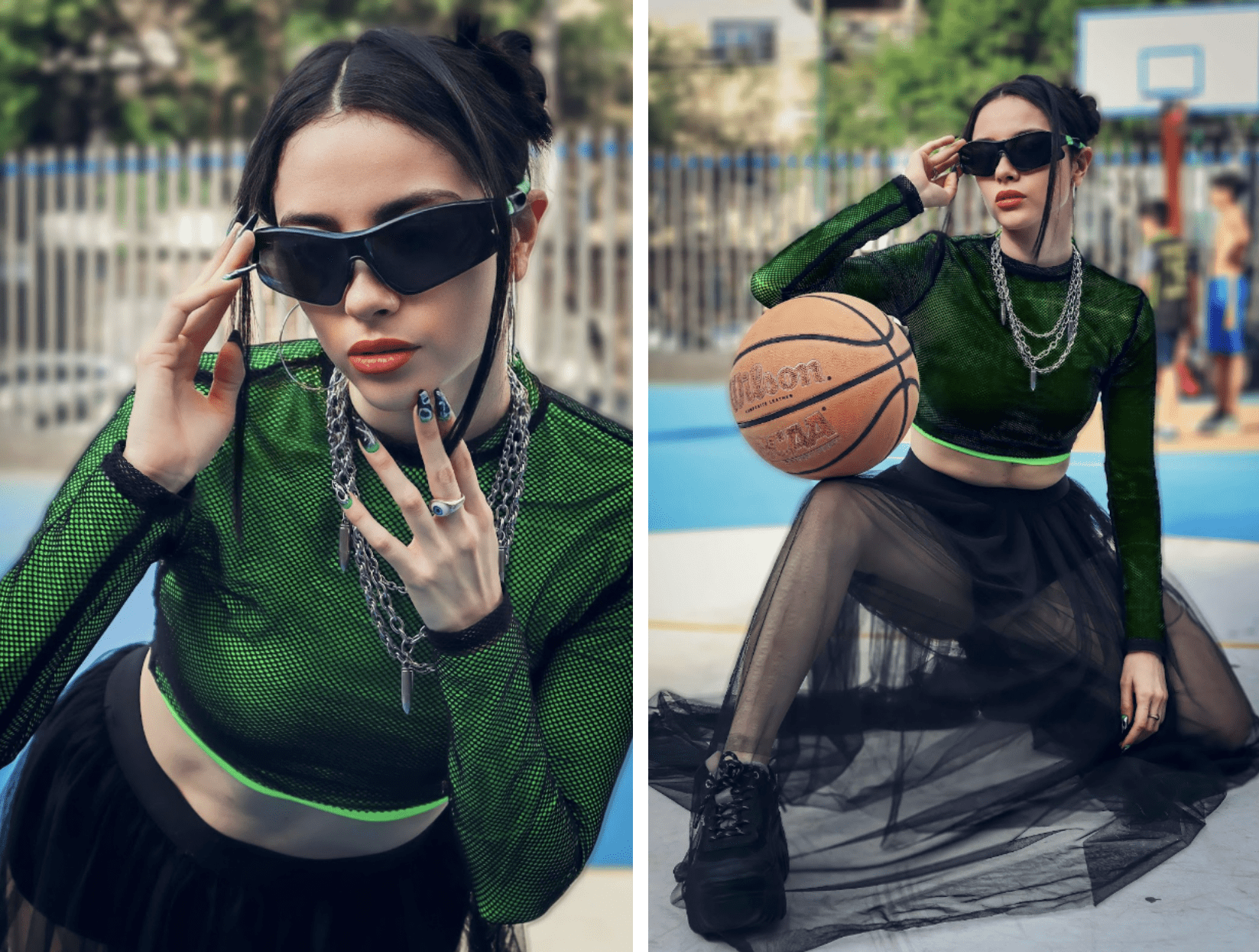
Sarwat M. • April 3, 2024 •
3 min read
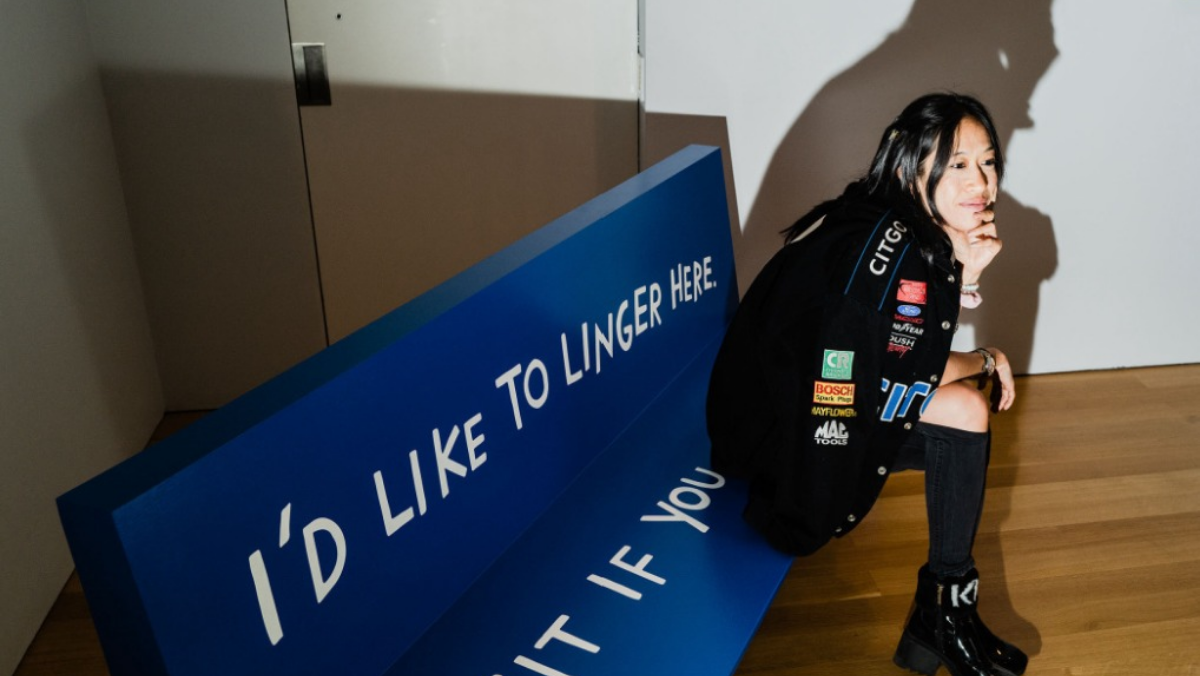
Abigail MacFadden • April 1, 2024 •
3 min read
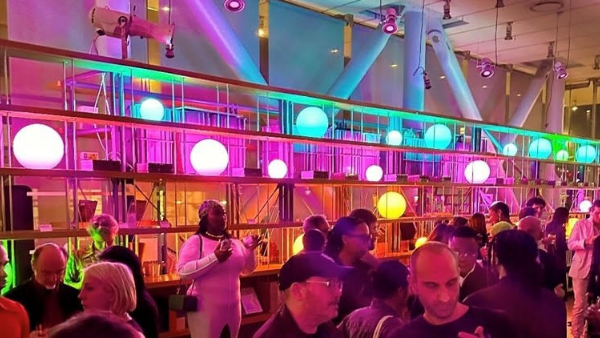
Abigail MacFadden • March 15, 2024 •
3 min read

Jocelyn McEvers • March 13, 2024 •
3 min read
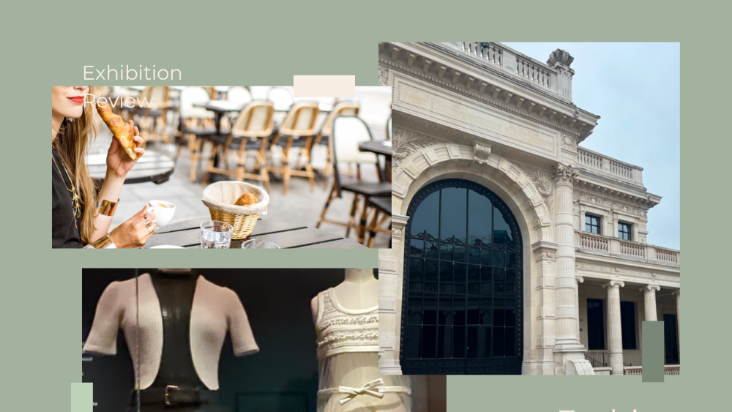
Jocelyn McEvers • March 9, 2024 •
7 min read
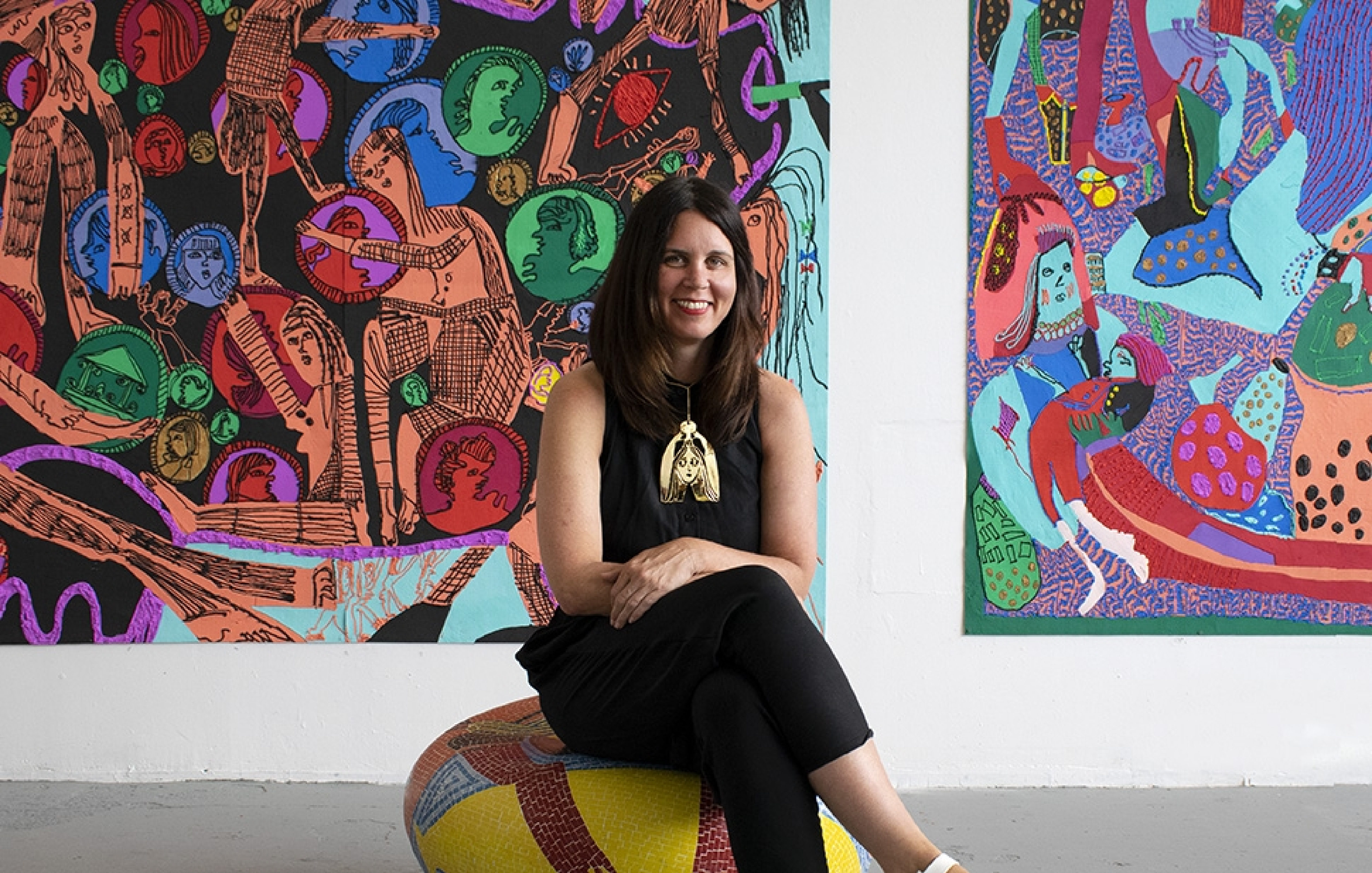
Abigail MacFadden • March 5, 2024 •
5 min read
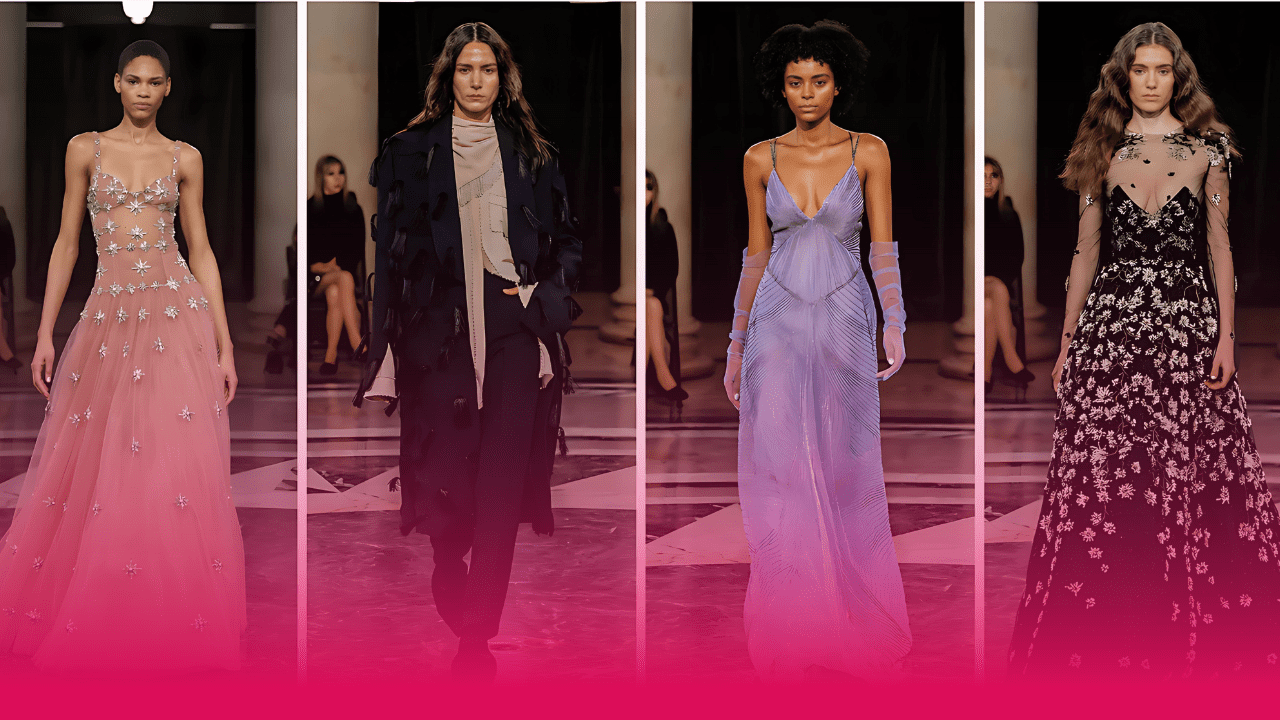
M Marki • March 1, 2024 •
3 min read
Don’t miss our future updates! Get Subscribed Today!
© 2025 Creativo Consolidated, All Rights Reserved.